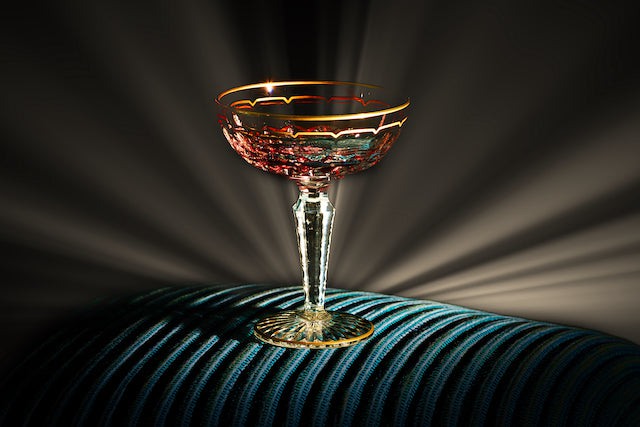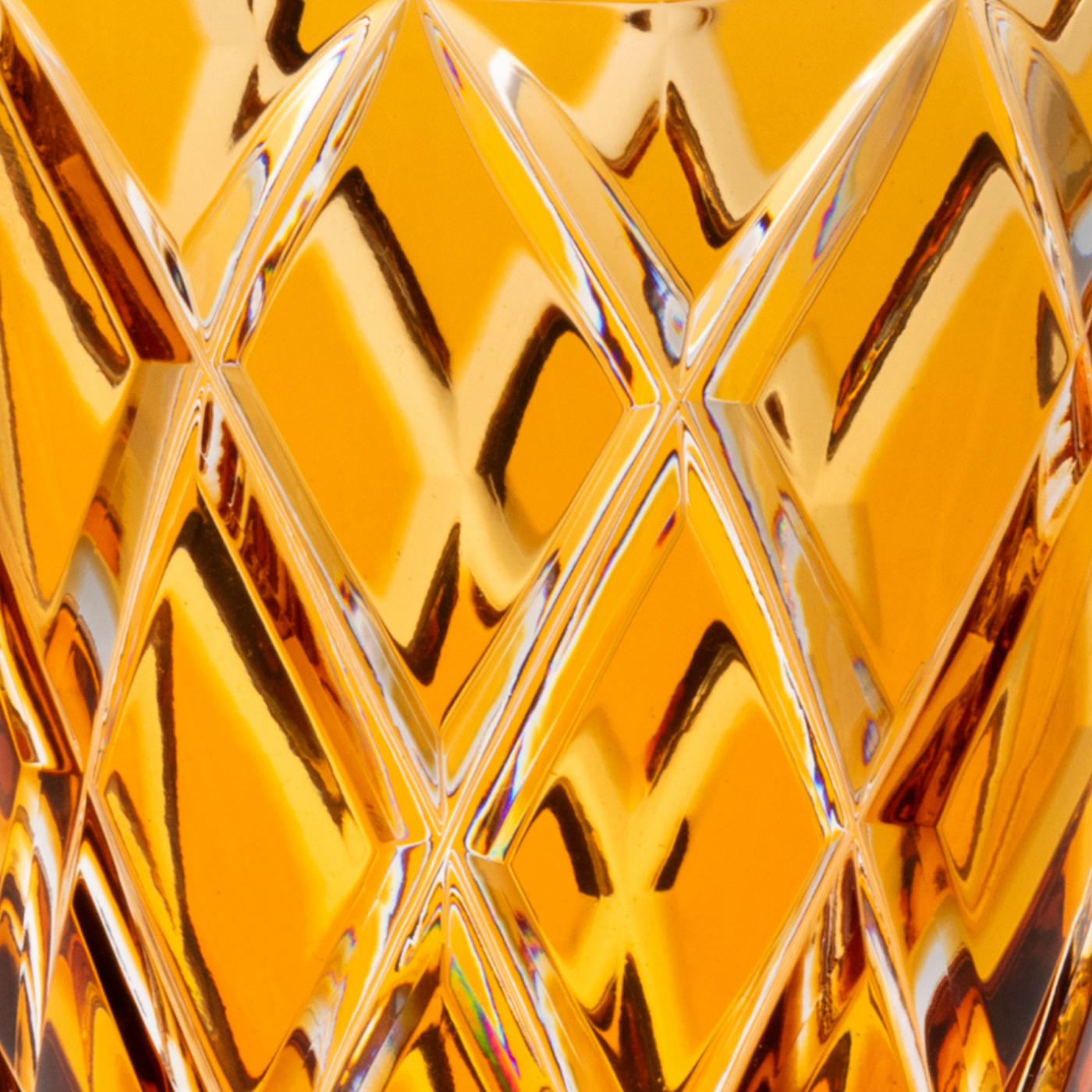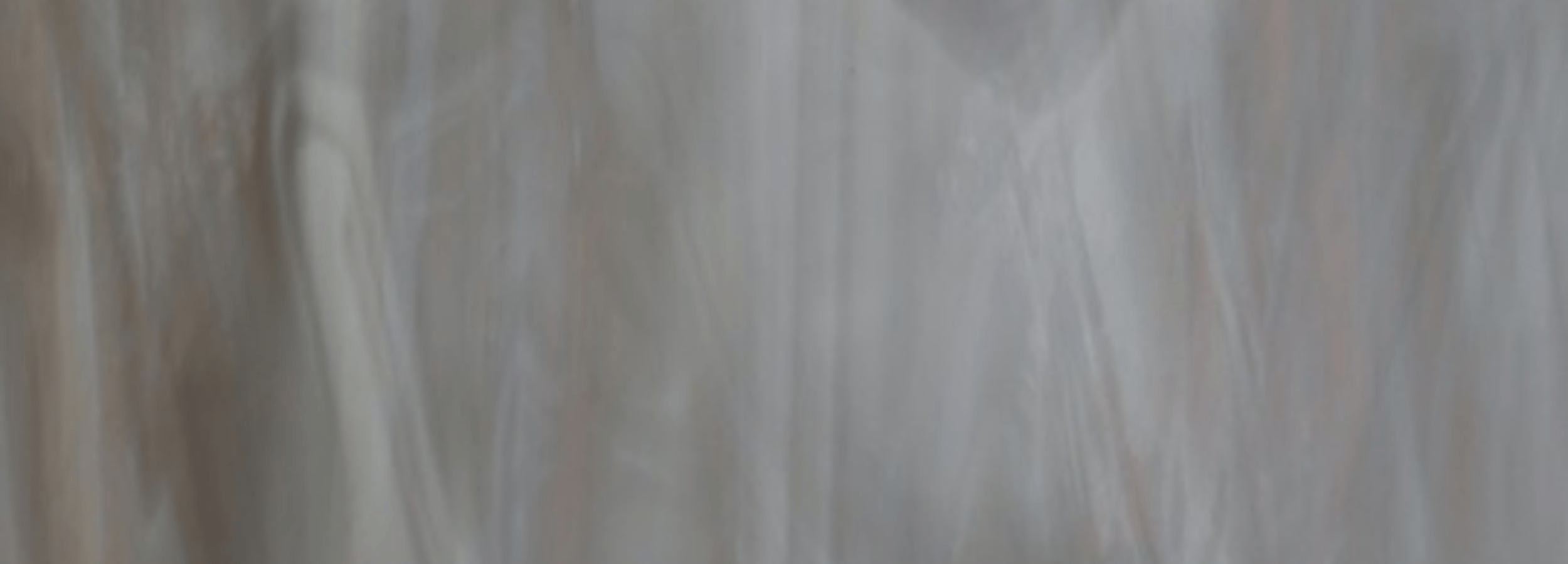
GREY
Grey is the neutral colour par excellence, most often used to highlight the colours that go with it.
HISTORY & ATTRIBUTES

Before
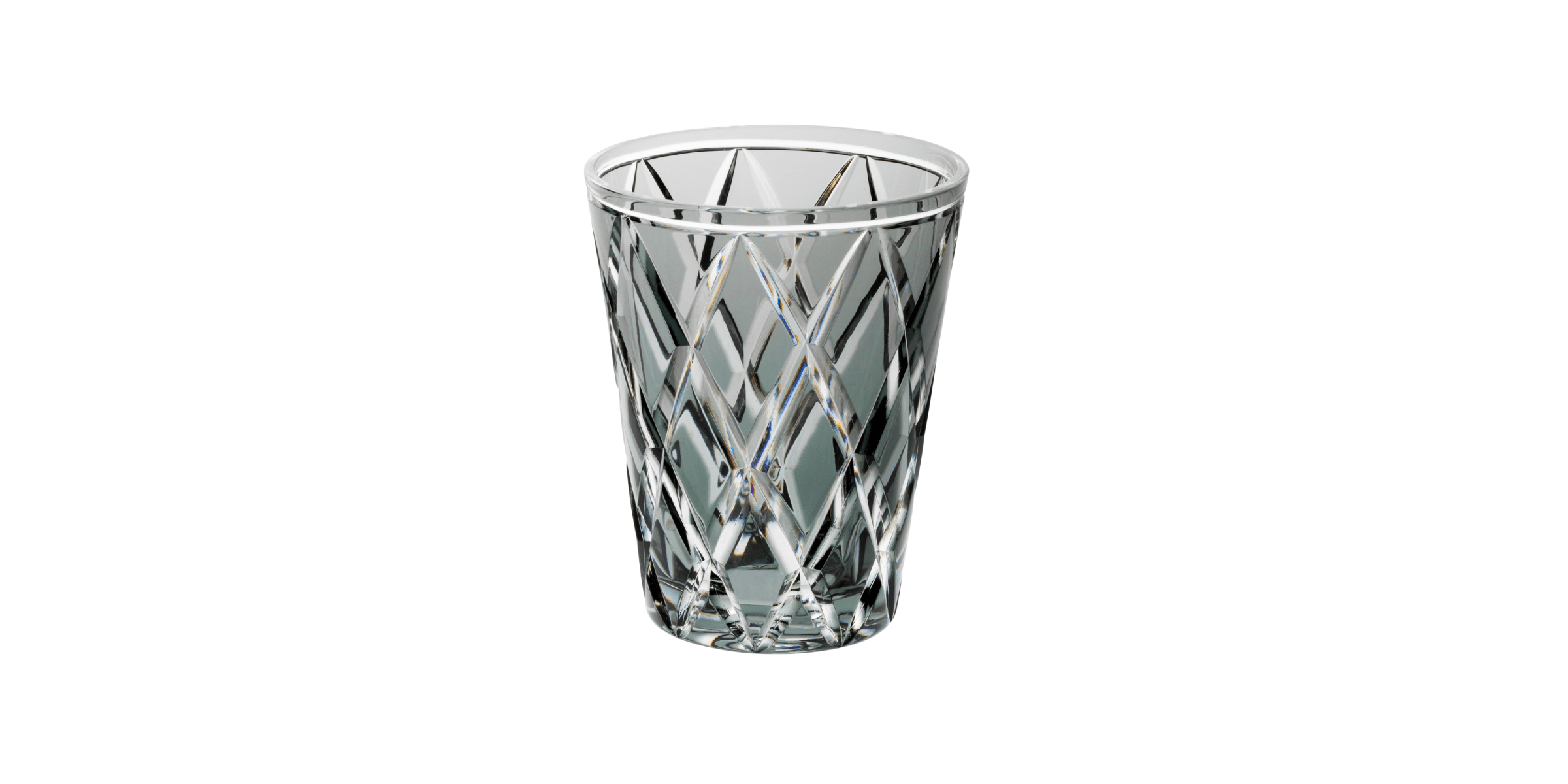
After
Grey is an intermediate colour between black and white. It is a neutral or achromatic colour, which literally means that it is a colour "without colour". It is the colour of a sky covered in clouds, ashes and lead.
The first recorded use of grey as a colour name dates back to the year 700. In Europe and the United States, surveys show that grey is the colour most often associated with neutrality, conformity, uncertainty, modesty, indifference and even boredom. Only 1% of those questioned chose it as their favourite colour. That said, at Cristallerie de Montbronn, we're keen to revive this colour with its rather negative connotations and its use, so we're offering a grey colour that honours the use of colour in Art History.
It was during the Renaissance and Baroque eras that grey began to play an important role in art and fashion. As black had become the most popular colour of the nobility, particularly in Italy, France and Spain, grey and white were used in perfect harmony. Grey was also frequently used in oil painting, in a technique known as "grisaille": the canvas was first filled with white and grey, then colours were added on top, with the lower layers of grey and white providing the necessary shading. Moreover, grey was a background colour particularly suited to gold and skin tones, which led to it being the most common background colour for royal portraits.
Over the decades, grey has become a timeless and essential colour in every wardrobe and interior space, and is now very much in evidence in modern and contemporary architecture.
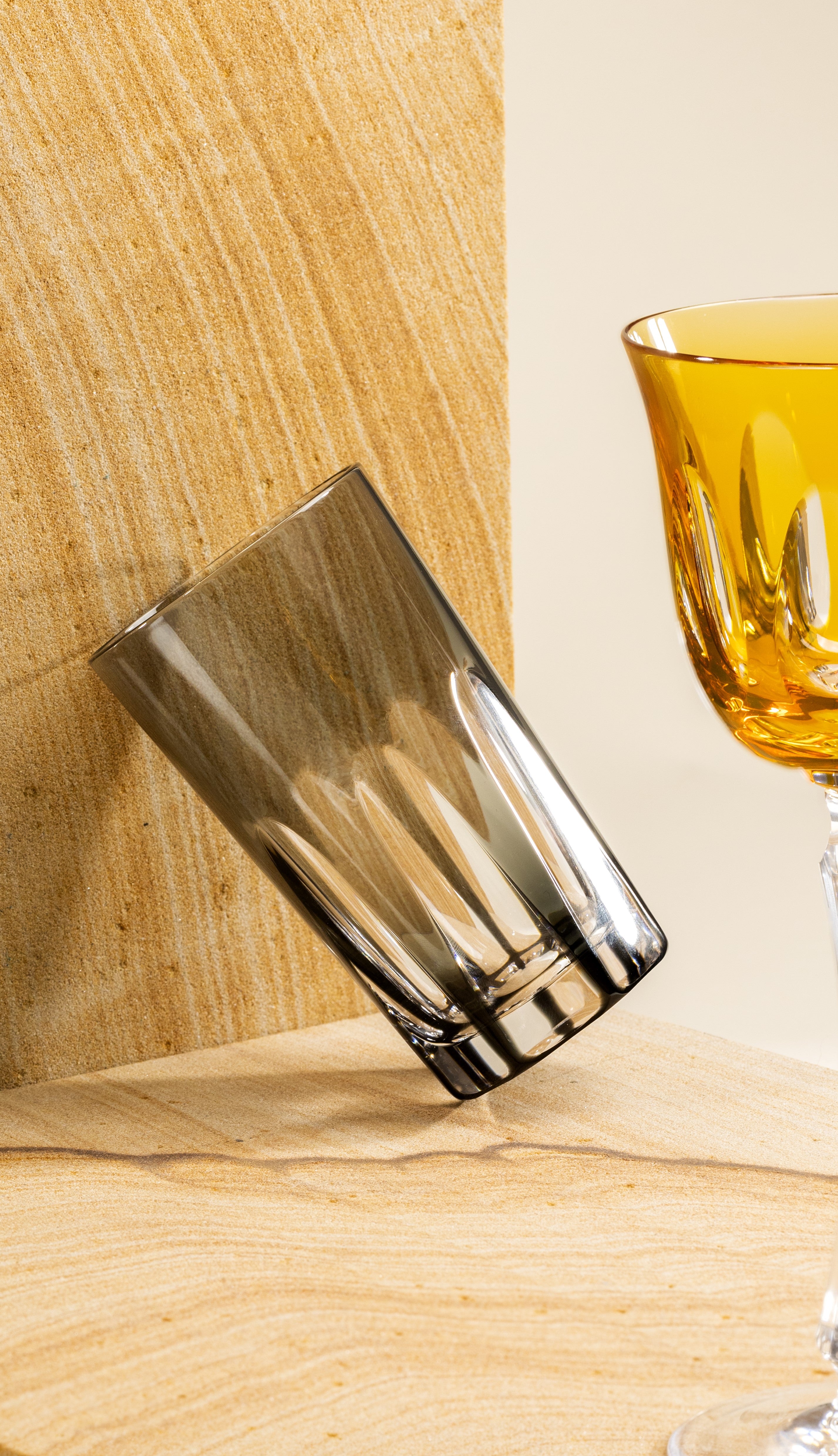
How & why should i use it?
Halfway between black and white, grey is not, strictly speaking, a colour. It's hard for grey to be dapper when you realise that, in nature, it's worn by dust or mice.
As well as being a rather dull colour, associated with sadness and loneliness, some people would describe grey as 'boring'. That said, this shade has the merit of being soft, calm and very soothing.
Sober and elegant, it works well with all colours and materials, bringing softness and neutrality to your space. Dark grey is also one of the best-suited colours to replace black.


